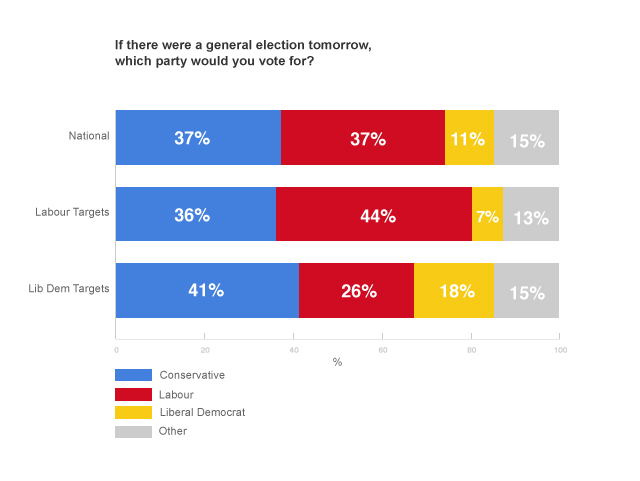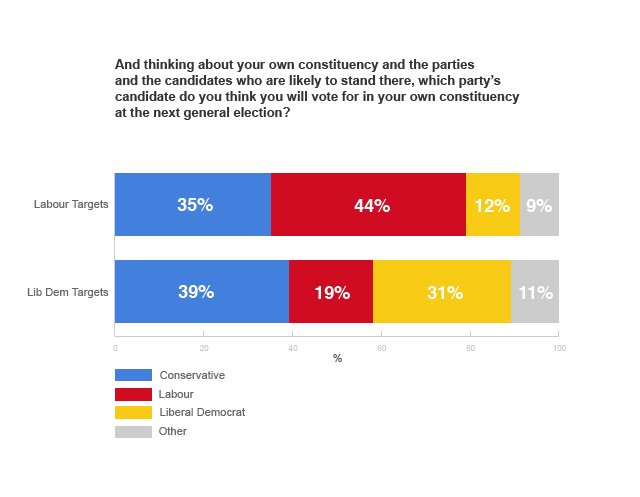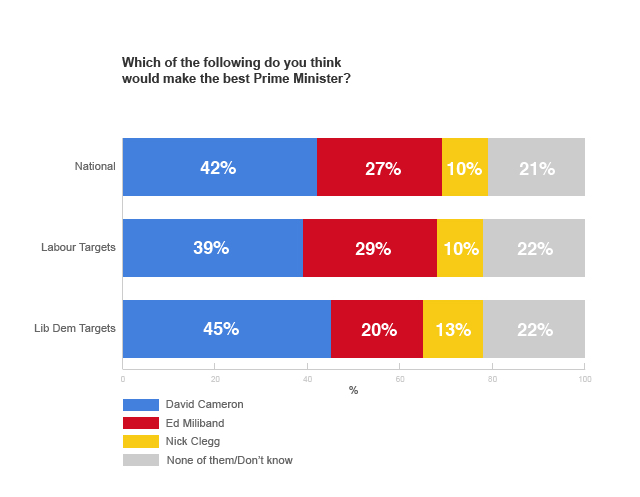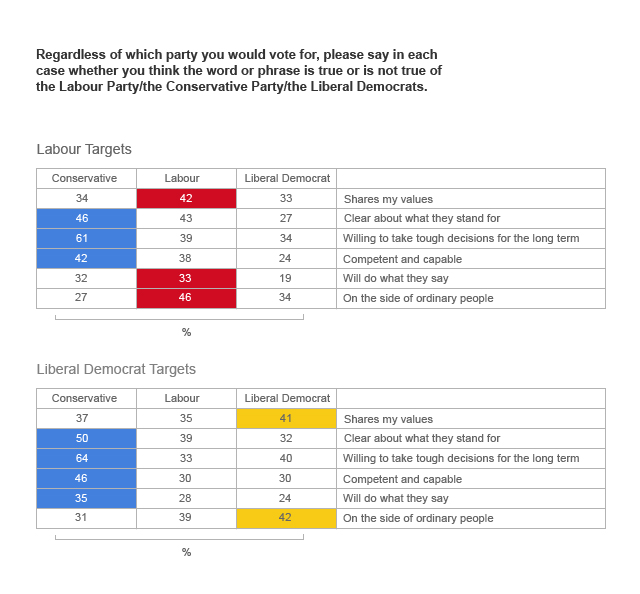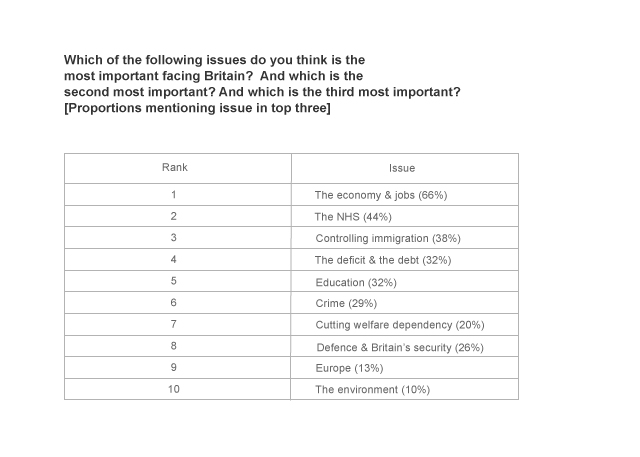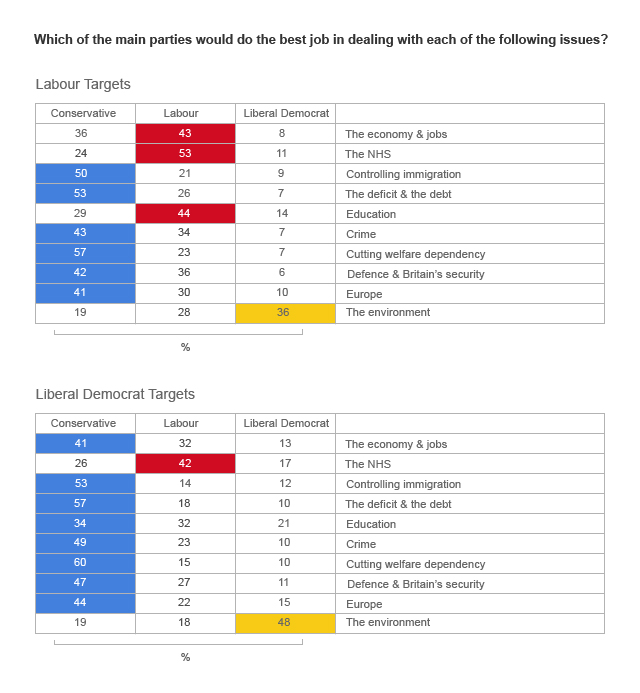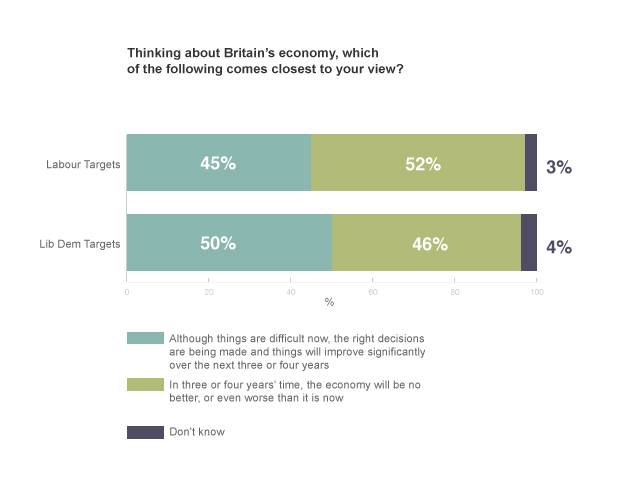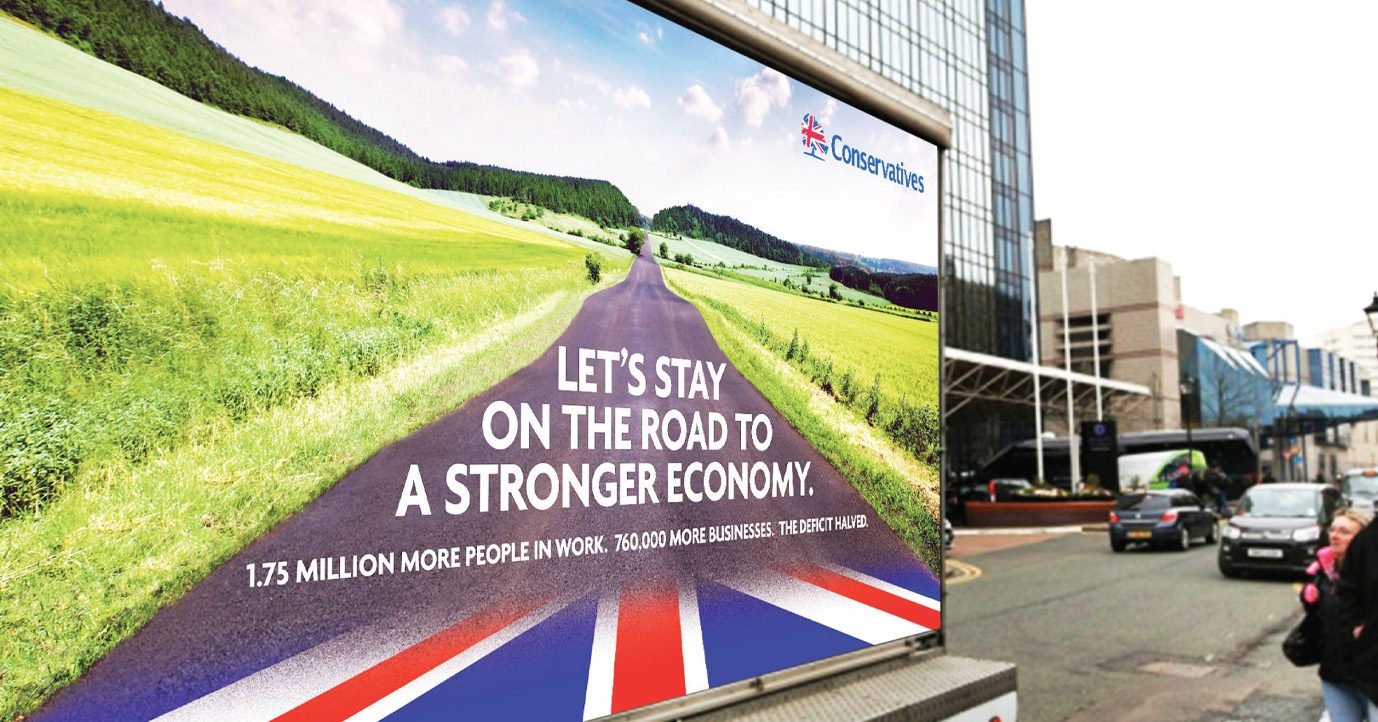
In August 2011 I conducted a poll of 41 marginal Conservative-held seats to find out whether the static national polls were hiding a more nuanced picture on this crucial battleground. The results constitute mixed news for the Conservative Party – the findings are more encouraging for Tories where the Liberal Democrats are in second place than in constituencies where Labour are the main opponents.
Methodology
13,100 telephone interviews were conducted in the following constituencies between 1-28 August 2011. 300 interviews were conducted in seats where Labour were second at the 2010 general election (‘Labour targets’); 400 where the Liberal Democrats were second (‘Lib Dem targets’). Results were weighted by to be representative of the seats selected. They were also weighted by turnout and past vote.
Labour targets: Amber Valley, Bedford, Brentford & Isleworth, Brighton Kemptown, Broxtowe, Bury North, Cardiff North, Carlisle, Corby, Dewsbury, Enfield North, Gloucester, Halesowen & Rowley Regis Hastings & Rye, Hendon, Hove, Ipswich, Lancaster & Fleetwood, Lincoln, Morecambe & Lunesdale, Northampton North, North Warwickshire, Nuneaton, Plymouth Sutton & Devonport, Pudsey, Sherwood, Stockton South, Stroud, Thurrock, Waveney, Warrington South, Weaver Vale, Wolverhampton South West
Lib Dem targets: Camborne & Redruth, Harrogate & Knaresborough, Montgomeryshire, Newton Abbot, Oxford West & Abingdon, St Albans, Truro & Falmouth, Watford
In addition, a nationally representative 1,500-sample poll was conducted online between 19-24 August 2011.
Summary of results and commentary
Click here for the full poll results
Two events over the summer, the phone hacking scandal and the riots, looked as though they had the potential to change the political landscape. In fact, the polls have held remarkably steady, with no party’s average vote share in published polls moving by more than one percentage point since June – or indeed, since January. We have become used to a pattern of Labour in the low 40s, the Conservatives somewhere around the 37% they achieved in the general election and Liberal Democrats close to the 10% mark, though with David Cameron well ahead on leadership ratings.
These polls no doubt give an accurate account of party support in the country as a whole, but do they obscure a more nuanced pattern? I wanted to return to my old friends, the marginals, to see how different, if at all, things looked there. I commissioned a poll of 41 seats which the Conservatives hold with a majority of less than 5% – most of which featured in the target seats campaign and were captured at the 2010 election. During August, three hundred interviews were conducted by telephone in each seat where Labour were second in 2010, and 400 where the Lib Dems were second, to allow a big enough sample size to conduct proper analysis of the Lib Dem targets, of which there are only eight. In addition, I commissioned a national poll featuring identical questions, in order to produce a direct comparison between Britain as a whole and the defensive battleground.
The poll is not invalidated by the proposed boundary changes published earlier this month. Its purpose was to find out how things are looking in marginal Conservative territory: that territory will still be there, even if it shifts around a bit, and most seats will not change beyond recognition.
As a party, the Conservatives’ biggest strength in both parts of the battleground was being “willing to take tough decisions for the long term”: 61% of voters agreed this was true of the Tories in the Labour targets, compared to 39% saying it was true of Labour. In Lib Dem targets 64% thought it was true of the Conservatives, and respondents were more likely to think it true of the Lib Dems (40%) than of Labour (33%). This is reinforced by recent focus group findings that Nick Clegg is given some credit in Lib Dem seats for having taken the difficult but correct decision to enter the coalition and, by association, for some of the tough decisions it has made. The Conservatives also led in both parts of the battleground, though by lower margins, on being “clear about what they stand for” and being “competent and capable”.
The biggest Tory weakness was the lack of a perception in the Labour targets that the party is “on the side of ordinary people”. Just 27% thought this of the Conservatives, compared to 46% who thought it true of Labour. In Lib Dem circles the news was not much better, with 31% saying it was true of the Conservatives and 42% thinking it true of the Lib Dems, two points ahead of Labour.
Both nationally and on the battleground, voters named the three most important issues facing Britain as the economy and jobs, the NHS, and controlling immigration, with the deficit and the debt slightly further behind. There is an important lesson here. Though the government argues, quite rightly, that getting the deficit under control is a prerequisite for sustainable economic recovery, voters often struggle to see the connection. It seems to many that we are pursuing deficit reduction at the expense of growth and job creation (and other things they think are important) rather than as a means to it. In both Labour and Lib Dem targets, the Conservatives had a huge lead (27 and 39 points respectively) on having the best approach to the deficit and the debt. But on the economy and jobs, the Conservatives were only 9 points ahead of Labour in Lib Dem targets and 7 points behind in Labour targets. The Tories also led on immigration, welfare, defence, Europe and (by less than we are used to) crime. Labour had opened up a 29-point lead in their own target seats on the NHS – particularly disappointing given that we had come within striking distance on the issue in the run-up to the general election. In Lib Dem targets the Conservatives were 16 points behind on the NHS, but were 2 points ahead on education – despite a 15-point deficit on education in Labour targets.
When it comes to the cuts, the proportion saying they are “too deep and too quick” was similar in Labour targets (49%) to that in the national poll (48%) – though slightly lower (42%) in the Lib Dem battleground. Overall, though, this figure was equalled in the Labour battleground by those saying that they are “necessary and unavoidable” (37%) or “do not go far enough” (12%); in the Lib Dem battleground, 57% agreed either that they are necessary or insufficient.
Economic pessimism slightly outweighed optimism both nationally and in the Labour battleground: respondents thought that “in three or four years’ time, the economy will be no better, or even worse than it is now” rather than that “the right decisions are being made and things will improve significantly over the next three or four years” by a 5-point margin in the country as a whole and by 7 points in Labour targets. In Lib Dem targets, people took the optimistic view by 50% to 46%. Judging by recent focus group discussions, this fairly close division between the two points of view is more a reflection of widespread uncertainty than any firm view that the economy is heading one way or another.
On the broader question of whether Britain is heading in the right or the wrong direction, the news from Lib Dem targets is good: respondents here said “right direction” by 53% to 43%. This compares to a 2-point margin for “wrong direction” in the national poll, widening to 5 points in the Labour targets. There were some striking differences of opinion within this picture. Overall, men said “right direction” by a 9-point margin, while women said “wrong direction” by 14 points; ABs and C1s said “right direction” by 6 points, while C2s said “wrong direction” by 18 points; those aged 65 and over said “right direction” by 18 points, while those aged 18 to 24 said “wrong direction” by 25 points.
On the ground, the campaigning battle appears to voters to be intense but, in Labour targets, quite closely fought. Nearly half said they had had literature from Labour or the Conservatives over the last few months, and a fifth said they had had a personally addressed letter. In Lib Dem targets the numbers saying they have heard from the Tories were similar, but the Lib Dems’ incessant leaflet-mongering (which we should take our hats off to, however annoying we may find it) apparently continues: 54% said they had had Lib Dem literature, a quarter said they had a letter, and a fifth said the party had knocked on their door in the last few months.
Overall, then, it is clear that things in marginal Conservative seats where Labour are close challengers, things look slightly more uncomfortable for the Tories than in the country as a whole. This makes sense: these are often places where there remained a good deal of suspicion towards the Conservatives at the last election, even though a plurality were persuaded to vote Tory as it was time for change, and where economic uncertainty will be felt most keenly. But given all these factors, Labour should be disappointed not to be rather further ahead. Part of the explanation is that however uneasy some may be about what the coalition is doing, few if any believe that Labour offer any real alternative plan – hence the perceived gap between parties on willingness to take tough decisions. This combines with quite clear views about the relative merits of the party leaders (which I explored in depth in The Leadership Factor) to sustain Conservative support and prevent Labour making greater headway.
Things in Lib Dem territory evidently look rather better – the solidity of the Tory vote, combined with the defection of some Lib Dem voters to Labour, produces a swing to the Conservatives that suggests we should be looking to make gains from them in 2015. A more optimistic view of the economy in these seats also augurs well. But the contest with the Lib Dems is clearly not over. In case Conservatives with Lib Dem opponents were in any doubt, the party remains a much more potent force at a local level than its vote share in national polls suggests.
So the news from the marginals is mixed. Things could be very much worse. But we need the Conservative voting coalition to expand if we are to win an overall majority at the next election – a theme to which I will return.
